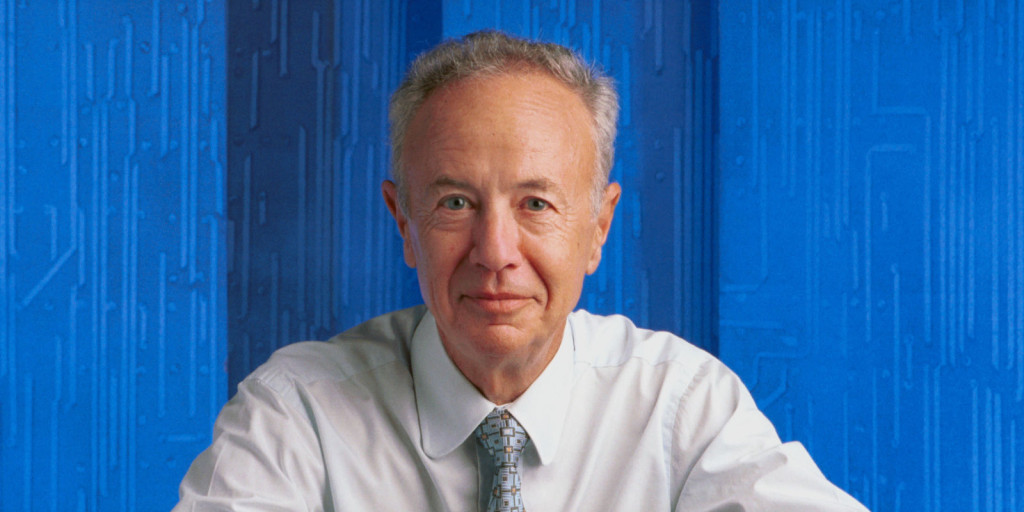I went to my class dinner last night for my fifteen year anniversary of graduating from MIT Sloan. (The actual anniversary of graduation passed, unremarked, on Wednesday.)
Fifteen years ago this week I was sitting in the rain on a fifty-degree day in Cambridge, hoping my Dad wouldn’t catch pneumonia and listening to the commencement speaker (who, being from the World Bank, was getting his share of protesters). It was a momentous month; in addition to my first Blogaversary (and hard to believe we’ll celebrate the sixteenth tomorrow), we were consolidating belongings from storage in New Jersey with the contents of our North End apartment; I was driving south to North Carolina for a family visit and my first visit to the Marshall Depot (about which more soon); visited with my grandfather; spent a week batching it as Lisa flew ahead to sign the closing papers on our house; packed up our apartment; and settled into our new home in Kirkland.
June will forever feel to me like a time of transit. But it also becomes a time of reunions, and it was amazing seeing so many familiar faces and hearing people’s life stories. I look forward to doing more of that tonight.

